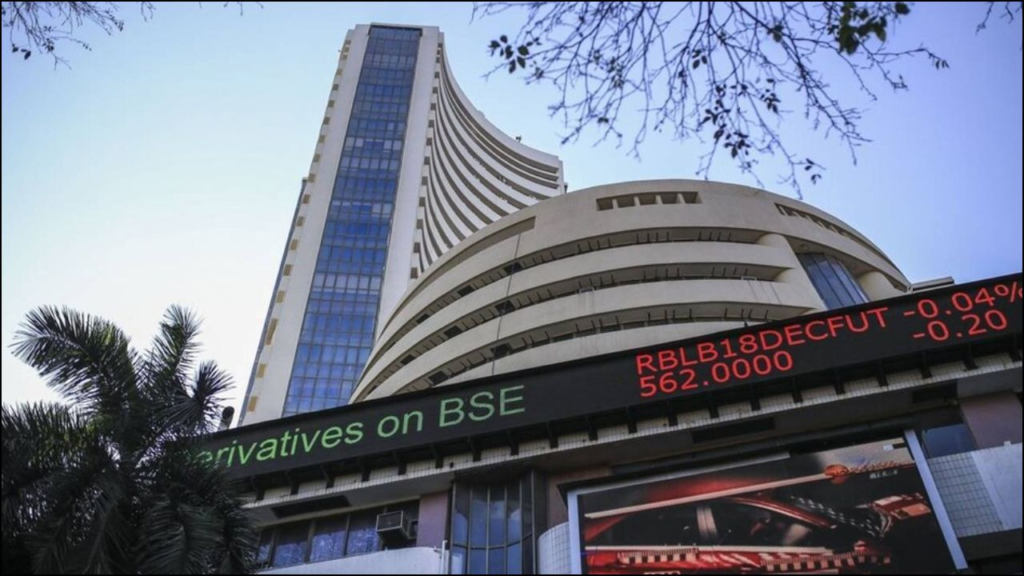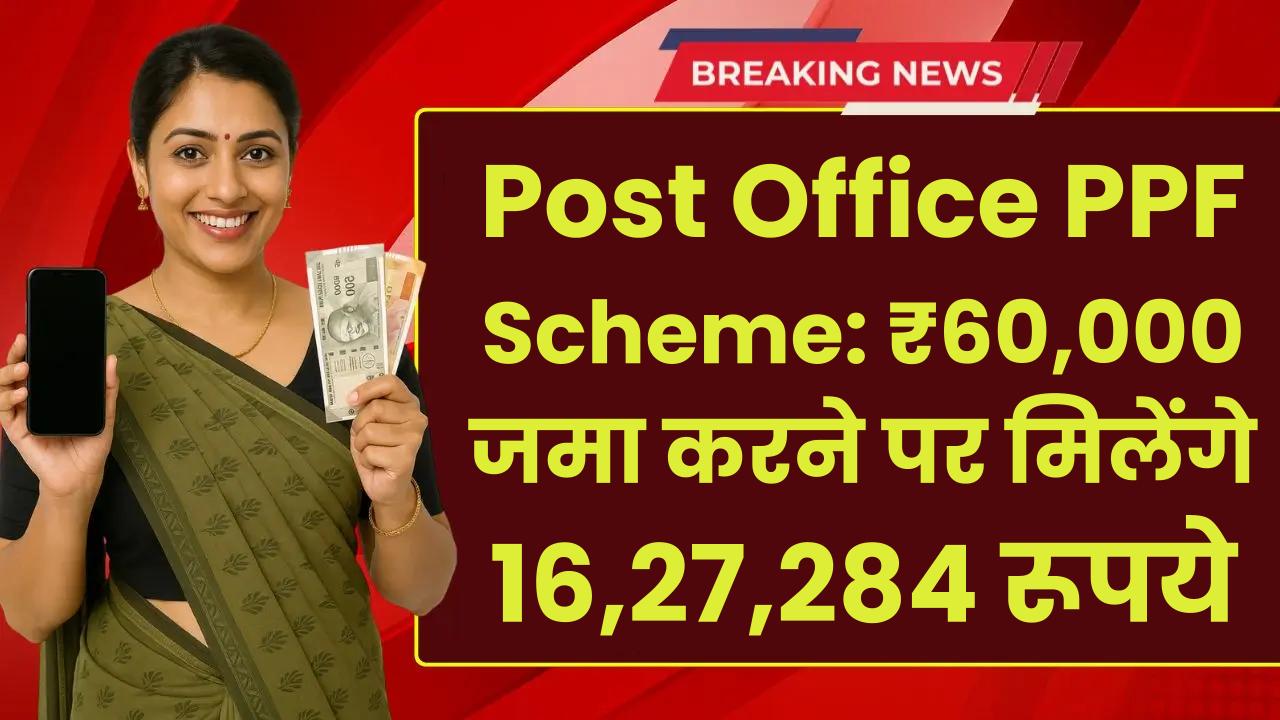
Indian markets endured a turbulent week as tariffs, foreign portfolio investor (FPI) outflows, festive season sales, and sweeping Goods and Services Tax (GST) reforms shaped sentiment. While global trade tensions weighed heavily on equities, resilient domestic demand and structural reforms offered partial support.
Tariffs: A Renewed Source of Uncertainty
Markets were shaken after the United States imposed tariffs of up to 50 percent on selected Indian goods, including textiles, chemicals, and certain pharmaceutical exports. According to Reuters, the decision escalated tensions between the world’s two largest democracies.
Talks in Washington earlier this week yielded “constructive progress,” but no immediate resolution. Analysts say uncertainty could persist. “If the tariff dispute extends into next quarter, Indian exporters will face margin pressures and possible loss of market share,” said Aditi Nayar, chief economist at ICRA.
The World Trade Organization (WTO) recently warned that global trade volumes could slow by nearly 2 percent in 2025 due to tariff disputes and sluggish demand. India, with its significant export reliance in IT and pharmaceuticals, could be disproportionately affected if negotiations fail.
Foreign Portfolio Investors: Sustained Outflows
Outflows Weigh on Markets
FPIs pulled nearly $4 billion from Indian equities in August, according to National Stock Exchange data reported by the Times of India. This marked the sharpest monthly outflow in nearly a year and pressured the rupee, which fell to a record low of ₹85.5 against the U.S. dollar.
“Global investors are wary of elevated Indian valuations and rising U.S. bond yields,” said Suresh Ganapathy, head of financial services research at Macquarie Capital. “The risk-off sentiment is not India-specific, but tariffs have amplified concerns.”
Domestic Capital Steps Up
Domestic institutional investors (DIIs), mutual fund systematic investment plans (SIPs), and retail flows absorbed much of the selling. Data from the Association of Mutual Funds in India (AMFI) showed monthly SIP inflows of ₹20,000 crore in August, the highest on record.
“This structural shift towards domestic savings has made India less vulnerable to FPI exits,” said a Kotak Institutional Equities report. “It underpins market resilience even during global volatility.”
Festive Sales: Consumer Demand Surges
Strong Online Sales
The festive season provided a rare bright spot. E-commerce platforms Flipkart and Amazon reported a 30 to 35 percent surge in sales during the opening days of Navratri campaigns, according to Economic Times. High-ticket purchases such as smartphones, appliances, and fashion drove demand.
Traditional Retail Sees Boost
Brick-and-mortar retailers also benefited. In Madhya Pradesh, the Times of India reported that GST rate cuts encouraged stronger demand for garments and household items. Traders said consumer spending increased markedly compared to last year’s season.
Digital payments mirrored this trend. Reserve Bank of India (RBI) data showed September transactions crossing ₹11 lakh crore, reflecting a near tenfold rise from the same period last year.
GST Reforms: A Structural Counterweight
Simplified Regime
The government implemented major GST reforms on 22 September. The earlier 12 percent and 28 percent slabs were scrapped, leaving a simplified two-tier system of 5 percent for essential goods and 18 percent for most others. Luxury and sin goods now face higher rates, up to 40 percent.
Economic Rationale
Finance Ministry officials argued that the simplification would reduce compliance burdens and stimulate demand. “The GST rationalisation will help offset tariff pressures and support consumption-led growth,” Chief Economic Adviser V. Anantha Nageswaran said at a press briefing.
According to his office, the reform could limit the GDP drag from tariffs to just 30 basis points in 2025–26. The RBI, in its September bulletin, also projected stronger consumer demand in FMCG and discretionary segments.
Short-Term Disruptions
Not all companies welcomed the transition smoothly. Hindustan Unilever Limited (HUL) warned of temporary sales disruptions as distributors clear older inventories priced under the previous regime. Its shares fell 2.7 percent following the guidance, according to Reuters.
Sectoral Impacts: Winners and Losers
Export-Oriented Sectors Under Strain
Pharmaceuticals, textiles, and IT services face margin compression due to tariffs and currency pressures. Industry body Confederation of Indian Industry (CII) said higher U.S. duties could affect nearly $12 billion of annual exports.
FMCG and Retail Gain From GST Cuts
Lower GST on consumer durables and packaged goods is expected to benefit FMCG companies. “We expect a volume recovery in urban and rural demand, aided by lower effective tax rates,” said analysts at Nomura India.
E-Commerce Emerges as Key Driver
With festive promotions and GST cuts, online platforms are positioned for record sales this season. Analysts expect the e-commerce sector to cross $20 billion in gross merchandise value during the October–December quarter.
Market Sentiment and Valuations
The Nifty 50 and Sensex both fell around 2.6 percent this week. Export-linked stocks led declines, while consumer-focused shares fared better. At 22–23 times forward earnings, the Nifty remains one of the most expensive major indices globally, according to LiveMint.
“Valuations leave little room for error,” said Ridham Desai, head of India research at Morgan Stanley. “Earnings growth will have to catch up to sustain current levels.”
The Road Ahead
RBI Monetary Policy in Focus
The RBI’s Monetary Policy Committee (MPC) meets from 29 September to 1 October. While most economists expect rates to remain on hold, some argue for a dovish tilt. “A symbolic cut could signal support against tariff shocks,” said Barclays India in a client note.
Global Risks
Oil prices remain a concern, with Brent crude trading above $95 per barrel. A prolonged spike could worsen inflation and pressure the rupee. Meanwhile, the U.S. Federal Reserve’s policy path will shape global liquidity conditions and, by extension, FPI flows.
Earnings Season Watch
The upcoming quarterly results will test whether consumer demand and GST reforms translate into higher corporate earnings. FMCG, auto, and retail are expected to post strong numbers, while export-driven IT and pharma could disappoint.
Conclusion
Indian markets this week reflected a fragile balance between external headwinds and domestic resilience. Tariffs and FPI withdrawals underscored vulnerabilities, but festive sales and GST reforms provided much-needed support. The next few weeks will hinge on RBI policy, U.S.-India trade talks, and the durability of consumer demand during the festive season.
















